Years of planning, research, testing and teasing have led to this. The War of the Hypercars is upon us and Ferrari wades into battle with the biggest arsenal. It's gonna be an exciting year ahead...
Sorry about the title, couldn't help myself. You have to admit though, Ferrari's name for this car just leaves it so open to Singaporean jokes. Apparently LaFerrari translates from Italian as "The Ferrari", in the sense that this is Ferrari's flagship, the model stuffed full of the latest advanced technologies, the stands as an example of the company's excellence. But if that were the case, shouldn't we be calling it "the The Ferrari?" (I'll stop now, I promise.)
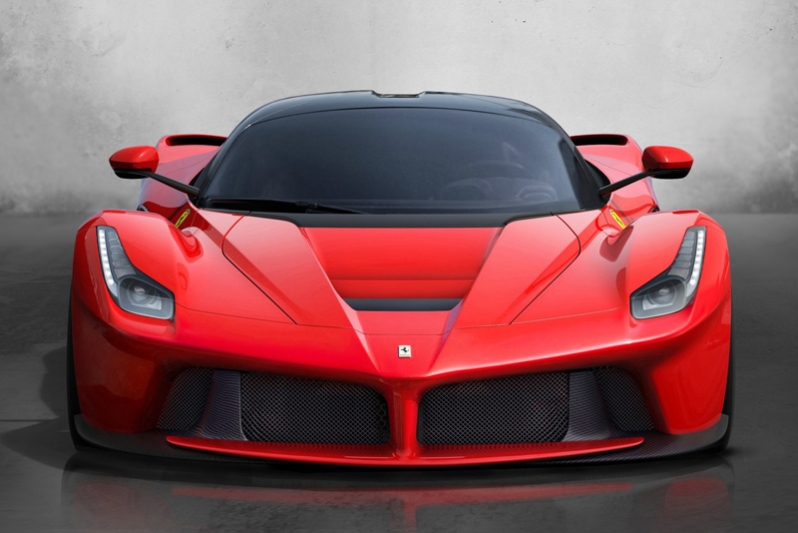
The stats, though, really do make for quite some startling reading. The 6.3-litre V12 is a development of the unit from the F12 Berlinetta, but massaged to produce 790 bhp at a screaming 9000 rpm. Coupled with Ferrari's HY-KERS (HYbrid-Kinetic Energy Recovery System), the LaFerrari manages a grand total of 950 bhp and 970 Nm of torque, eclipsing the McLaren by about 50 bhp, and murdering the Porsche's 785 bhp. As a result, 0-100 km/h is done and dusted in less than 3 sec, 0-200 in less than 7 and 0-300 in 15 sec. The mighty Bugatti Veyron SS, with around 200 bhp more, can only manage those benchmarks in 2.5, 6.7 and 14.6 sec respectively.
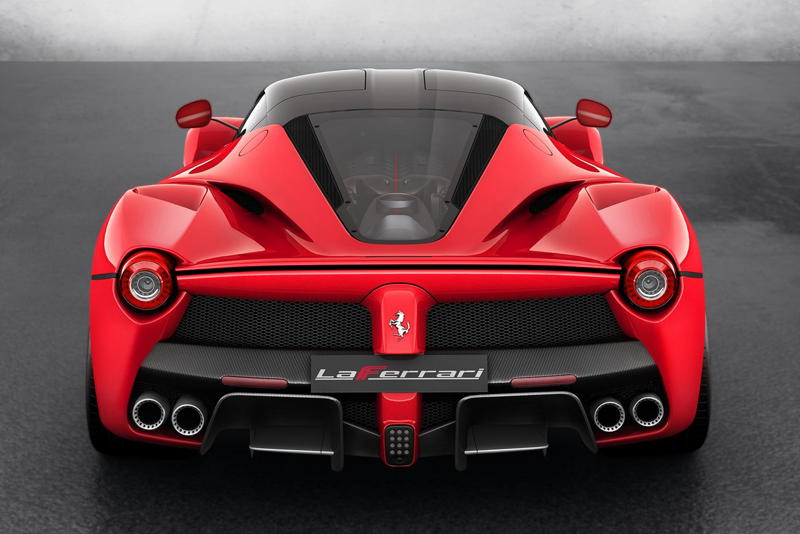
The hybrid system on its own contributes 160 bhp and 270 Nm of torque, and actually features two motors - one to assist the engine and the other to power the ancillaries. The batteries can be charged in two ways: using regenerative braking, like in F1 cars (or the Toyota Prius), or in situations where the engine produces more torque than can be effectively deployed (e.g. during cornering). All in, the whole HY-KERS system weights just 140 kg, 62 of which belong to the batteries.
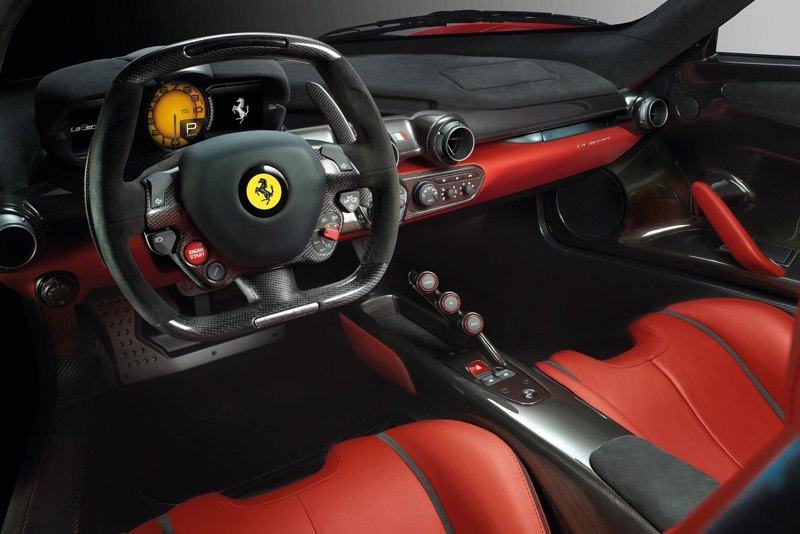
As you'd expect, the chassis is made entirely of carbonfibre. Four different varieties, in fact, all hand-laminated and autoclave-cured by the same team that builds the F1 cars. In an effort to maximise torsional rigidity, the seat position is fixed into the chassis, the steering wheel and pedal box being adjustable instead, the end result being a driving position akin to that of a single-seater racing car. The batteries are also integrated into the chassis, in between and underneath the seats to lower the car's centre of gravity. Sadly (or maybe thankfully), “hybrid” needn’t necessarily equate to “eco-friendly”; with 330 g/km of CO2 produced, the LaFerrari is unfortunately not eligible for a CEVS rebate (not that that would put off potential buyers)…
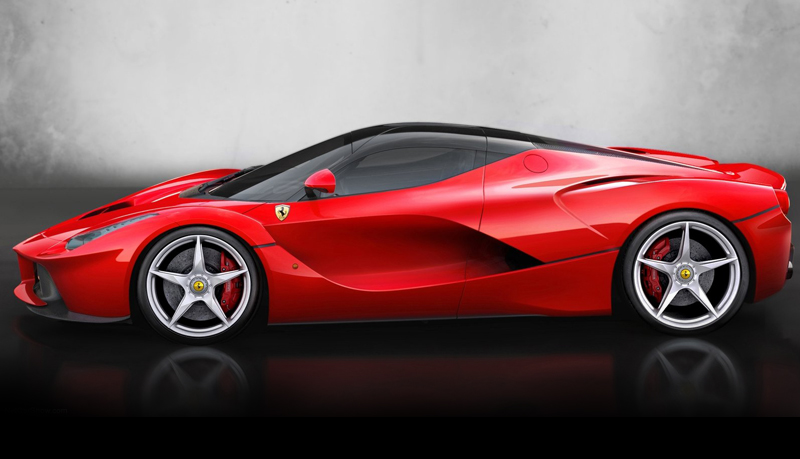
Developed extensively in the wind tunnel, Ferrari says its inspiration for the LaFerrari’s styling came from its ‘60s sports prototypes, with its “downward-sloping nose and muscular wheelarches”. Personally though, I think it looks very much like a cross between the 458 (headlights, side profile) and one-off P4/5 (roofline and tail section), with bits of F1 car (nose) and FXX thrown in (overall ‘chunkiness’).
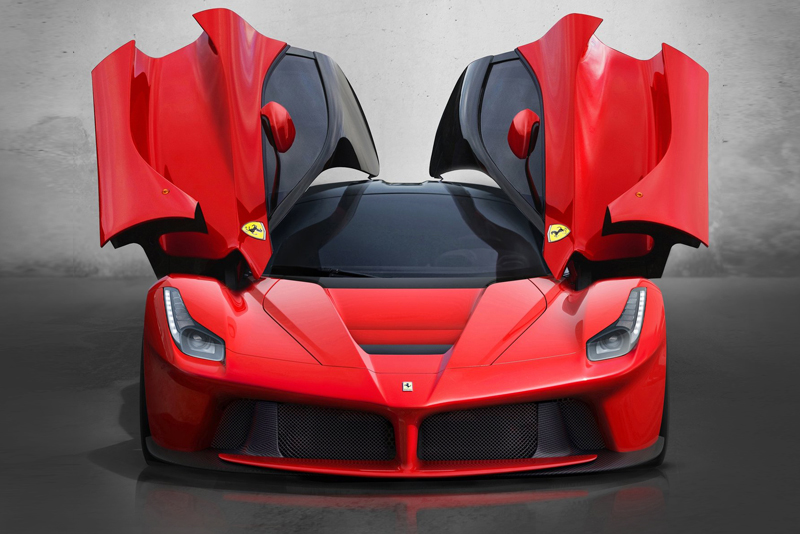
Active aerodynamics, comprising front and rear diffusers, underbody guide vanes and retractable rear wing, keep the car hunkered to the ground at high speed, while Pirelli P Zero tyres (19 in front, 20 in rear), combined with advanced electronic systems like the EF1-Trac (F1-style traction control) provide the mechanical grip.
